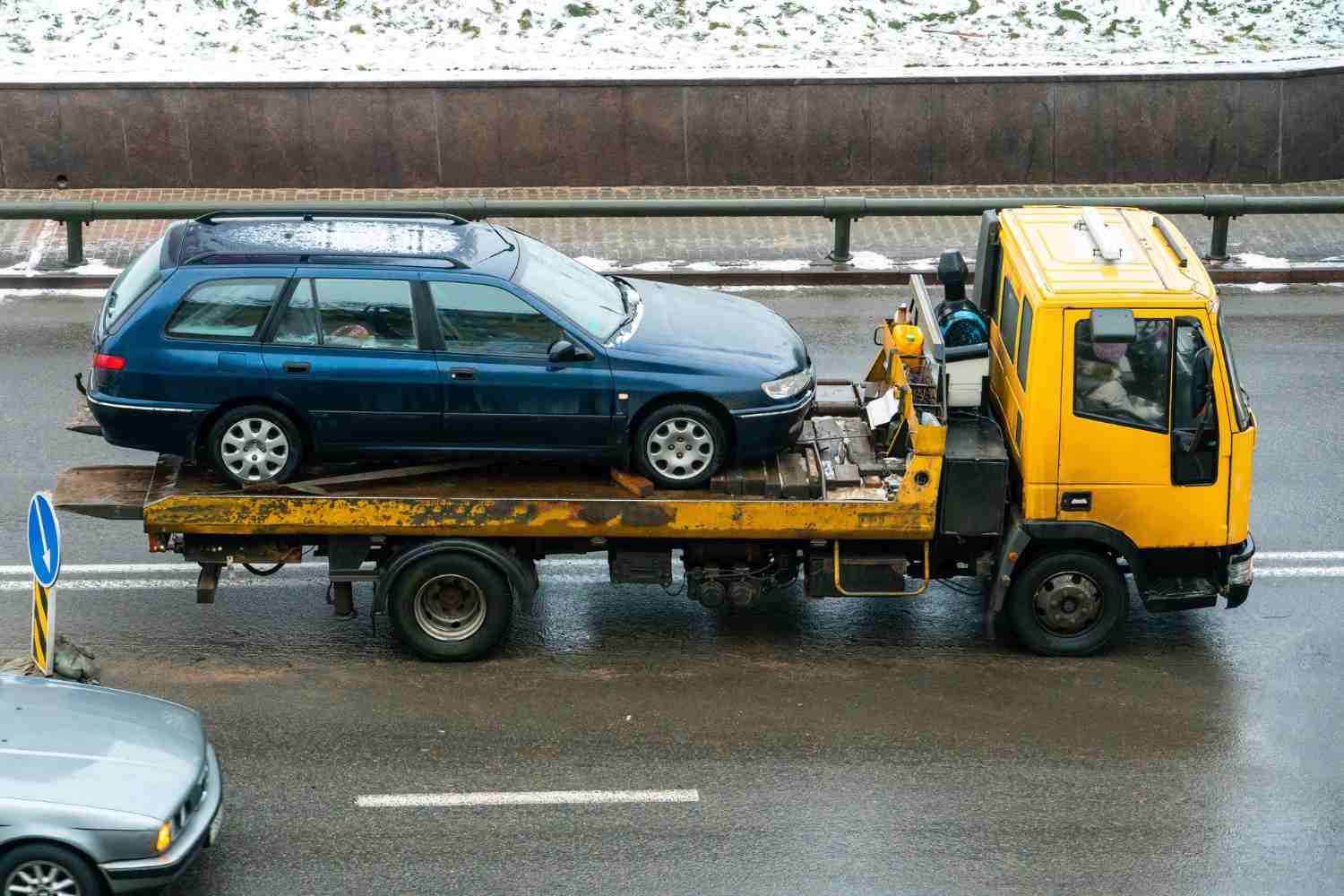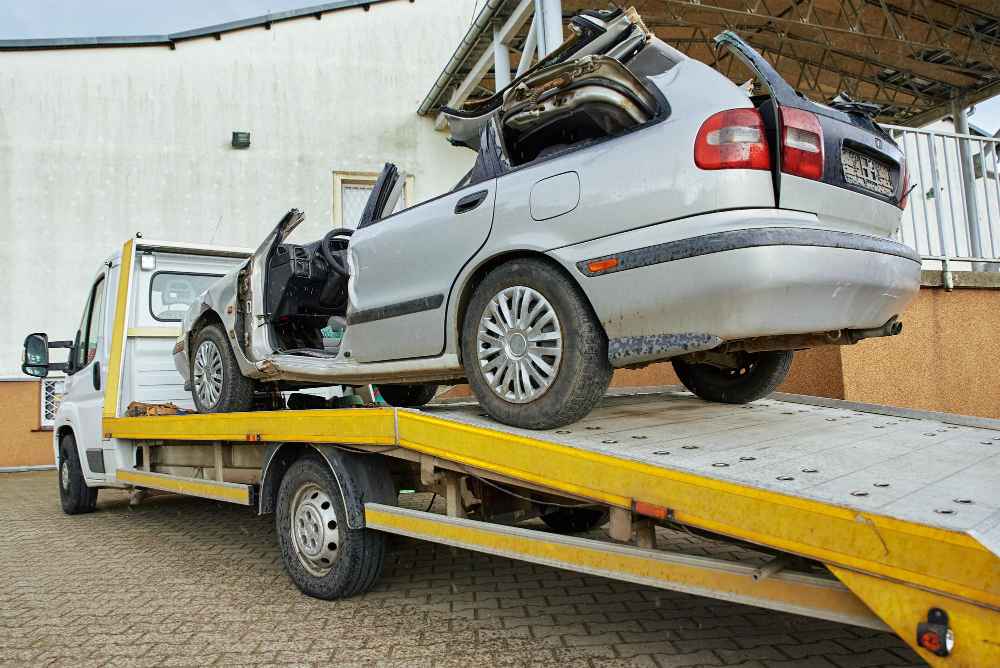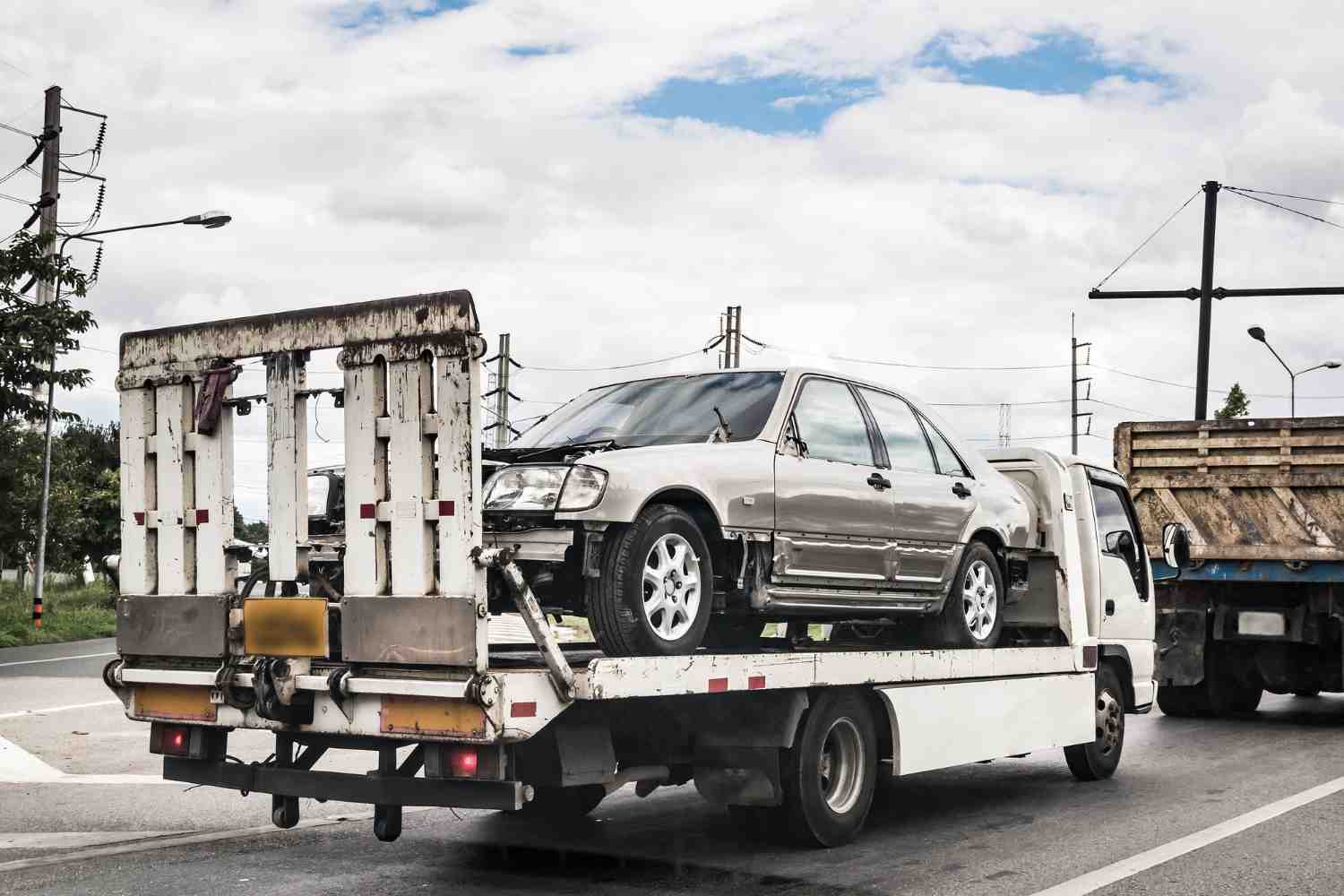Your car can break down or cause obstruction at any location and at any time; therefore, it is essential to know the safety tips for towing a car securely.
This guide includes safety tips for both the driver towing the car and the driver being towed during the pre-towing and towing stages. In addition, some important considerations are also given at the end to ensure the safe towing of the car.
Safety Tips to Tow a Car
The following are some of the safety tips you should follow during different stages of towing a car so that all the work can be done safely:
Pre-Towing Stage
You should follow these measures to ensure the safety of your car before towing it:
- Read the manufacturer’s manual to determine where exactly to fit the towing device, which can either be behind a plastic cover or under the bumper.
- Display the ‘On Tow’ signal at the rear of the vehicle which you need to tow.
- Carefully inspect that the tow rope is not damaged, defective, or abrasive from any point before using it.
- Leave the ignition switch in the ‘ON’ position to disengage the steering lock.
- Keep the lights on as usual if it gets dark.
Towing Stage
The towing stage involves two drivers, one towing the car and the other whose car is being towed. Both need to take some safety measures while doing this job.

The Towing Driver
The towing driver can ensure the safety of the car by keeping these measures in mind:
- Drive carefully with a maximum speed of 15mph to minimise the generated force and give the driver being towed more time to react accordingly.
- Pull away gently by using the clutch to prevent tow rope snatching and car jerking.
- Avoid sudden braking by pressing on the brake pedal gently before applying the actual brake so that brake lights get turned on and give warning signs to the driver being towed.
- Indicate any manoeuvre well before time for warning the driver being towed and other traffic.
- Avoid making any sudden and instant direction or manoeuvre changes to save the driver being towed from the difficulty of steering and braking while the car’s engine is not working.
- Check the side mirrors to confirm everything is okay.
- Keep observing the gauges of your vehicle, its temperature and oil pressure.
- Take corners slowly and steadily to make it easy for the car to be towed, and take wider corners than usual to provide enough space for the car being towed so that it does not drift into another lane.
The Driver Being Towed
These safety measures are essential to follow by the driver being towed:
- Observe the brake lights and indicators of the car that is towing your vehicle carefully to get any warning signs before time.
- Apply brakes and operate steering in coordination with the towing car.
- Apply light braking pressure, which assists in retaining some tension in the tow rope at all times, minimising jolting, and keeping the rope out of contact with the road surface.
- Ensure that the transmission is in a neutral position and the handbrake is OFF.
- Avoid pumping the brake pedal so that there is no undue tension on the tow rope.
- Turn OFF the fan, interior lights, and radio.

Important Considerations
- You should replace the tow rope if it is damaged at any point.
- You should ensure to use the right rope, which is capable of meeting the weight limit of the vehicle being towed.
- There should be a maximum distance of 4.5m between the vehicles involved in towing.
- The rope or chain should be clearly visible if the distance between both vehicles is more than 1.5m.
- Tie a flapping cloth in the middle of the tow rope so that it can be easily seen from either side of the road.
- Both vehicles should be left in neutral during towing to allow free wheel movement and avoid damage to the engine.
- You need to exert greater effort with more strength to tow a vehicle having power steering or power-assisted brakes if there engine is not working.
- Both the drivers operating the cars should have valid driving licences.

